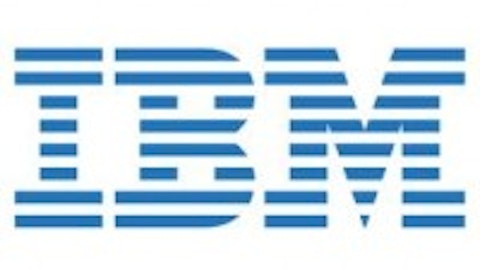Energy extraction techniques have become exponentially more efficient and effective since our first attempts to harness the elements in our favor. Unfortunately, our advances in pulling energy from the earth are still being outpaced by consumption demands. With a rising number of emerging markets seeing economies expand rapidly, energy consumption is at an all time high with no signs of slowing. On the search for the next great energy source to meet this demand, scientists in the Arctic Circle think they have found a strong candidate [for more commodity news and analysis subscribe to our free newsletter].
Methane Hydrate
Methane Hydrate, a crystalline form of natural gas, resides in the Arctic permafrost and at the bottom of some oceans. Nicknamed the “fire in ice,” while frozen, the gas is stable but at room temperature it gives off an intense heat. With an estimated 700,000 trillion cubic feet of this frozen gas trapped in the ice, these crystals’ potential contain more energy than all previously discovered gas and oil combined.
Like any energy source, there are some major drawbacks to chasing after methane hydrate and, until now, many companies with deep water drilling capabilities have avoided clusters of the frozen gas. It doesn’t take much to disrupt the pockets of methane, and while it is stable at freezing temperatures, the heated gas can be highly volatile and dangerous. Tapped the wrong way, the gas can also potentially release a massive amount of greenhouse gas into the air.
Jumping Into Exploration
While drilling for this crystallized gas is still a decade away from being economically plausible, there are a number of stakeholders that have expressed interest in exploring this potential resource [also see The Case Against Fracking]:
1). Japan: Leading the charge into methane hydrate is the country where natural gas is four-times more expensive than in the U.S. The government has vowed to bring Arctic fracking to the mainstream by 2023 and has already conducted a successful drill in March 2013. With gas deposits around the world, Japan is hardly the only country that could benefit from the energy development, but it is currently leading the charge.
2). Chevron Corporation (NYSE:CVX): This energy giant should be worried about how soon these gas crystals could meet the market. Usually at the forefront of energy development, Chevron Corporation (NYSE:CVX) is lagging here and may have to abandon other projects, such as a $50 billion LNG development in Australia, to catch up with the Japanese contractors. However, if the company is able to smoothly transition into methane hydrate it could experience massive cash flows [also see How Big Oil Is Drilling For Cheap].
3). Current Arctic Oil Rigs: Historically, drilling operations in the Arctic oceans have aggressively avoided these methane pockets in the ocean and ice. But now this potentially abundant resource may catch the eyes of big oil around the world. Companies like ConocoPhillips (NYSE:COP), Exxon Mobil Corporation (NYSE:XOM), and Petro-Canada, which all have a large amount of money invested in Arctic drilling, will want to follow this research closely, as they may soon have to bid for ocean real estate.
Don’t forget to subscribe to our free daily commodity investing newsletter and follow us on Twitter @CommodityHQ. Disclosure: No positions at time of writing.
This entry was posted in Energy, Natural Gas and tagged COP, CVX, XOM. Bookmark the permalink.
Commodity HQ is not an investment advisor, and any content published by Commodity HQ does not constitute individual investment advice. The opinions offered herein are not personalized recommendations to buy, sell or hold securities or investment assets. Read the full disclaimer here.







